TAP>Write/present for a defined context
COURSE PURPOSE Learners credited with this unit standard are able to write or sign to suit a range of contexts, using complex sentence structures and demonstrating some control of style and register. They effectively match their choice of text type, …
Overview
COURSE PURPOSE
Learners credited with this unit standard are able to write or sign to suit a range of contexts, using complex sentence structures and demonstrating some control of style and register. They effectively match their choice of text type, structure, tone, sign size, pace, and word or sign selection to meet the needs of specific audiences. Their writing and signing are reasonably clear and precise, and they are willing to explore new forms of writing in thoughtful and organised ways. Additionally, learners use appropriate language or signing in both familiar and unfamiliar situations within their written or signed narratives, and in their observations and responses based on the texts they encounter, adapting their language to fit the socio-cultural, learning, or workplace/technical environment as required.
WHAT YOU’LL LEARN
Learners credited with this unit standard are proficient in writing or signing with a clear understanding of the specific purpose, audience, and context they are addressing. They effectively utilise grammatical structures and adhere to writing or signing conventions to produce texts that are coherent and cohesive, ensuring that their communication is well-structured and appropriate for the intended context. These learners are adept at adapting their language to fit different situations, whether familiar or unfamiliar, and they demonstrate a strong ability to draft and edit their own work. This involves refining their writing or signing to enhance clarity, precision, and overall effectiveness, ensuring that their communication meets the needs of their audience and achieves its intended purpose.
Curriculum
Curriculum
- 4 Sections
- 17 Lessons
- 1 Day
- Unit 1: Write/Sign for a specific audience, purpose and context2
- Unit 2: Use grammatical structures and writing/signing conventions to produce coherent and cohesive texts for specific contexts7
- 2.1Clear, well-structured sentences are used
- 2.2A variety of sentence structures, lengths and types is employed where appropriate
- 2.3Paragraphs/chunks of signing conventions are constructed showing awareness of topic
- 2.4Punctuation/non-manual features (NMFs) are used appropriately
- 2.5Register is chosen to suit audience and purpose
- 2.6Link devices are used correctly to write/sign sustained pieces
- 2.7Texts are organised and structured to have a clearly defined beginning, middle and end Lesson icon Videos Lesson
- Unit 3: Adapt language to suit context2
- Unit 4: Draft and edit own writing/signing6
- 4.1Planning, drafting, editing and redrafting improve the suitability of the intended purpose and audience
- 4.2Cohesive devices to link parts of texts with other parts and to link ideas are checked and adapted to promote overall coherence of the text
- 4.3Major grammatical errors are identified and changes improve structure and readability/viewability of text
- 4.4Spelling/handshape, punctuation/non-manual features (NMFs), register, sentence and paragraph structure are checked and corrected where necessary, and the selection of vocabulary is appropriate to content
- 4.5Points of view, where expressed, are supported with a simple range of reasons and facts
- 4.6Sources used in writing/signing are acknowledged and accurately recorded in format appropriate to the task or learning activity






